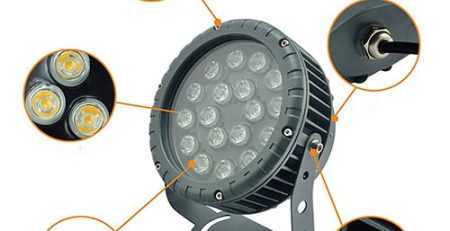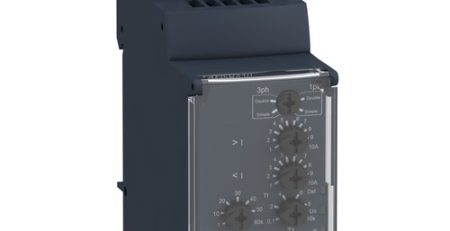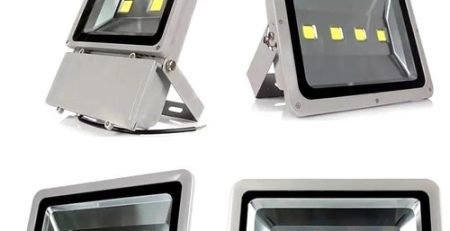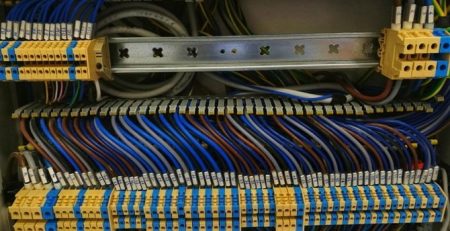Golf Cart Battery Cables Exposed – Does Size Really Matter?
Golf Cart Battery Cables Exposed – Does Size Really Matter?
electric resistance
For gas powered carts, the cables need only be of sufficient size to operate the starter motor, which is only for a few seconds at a time. So that answer is no, the originally installed cables are plenty sufficient in size. For those of us who have the more plentiful, battery powered carts, the answer is somewhat more complicated. The short answer for us is, yes and no, depending upon what we expect from the cart or if modifications to the motor or controller have been made.
If the cart is absolutely bone stock (all original with no upgrades) and is used primarily as originally intended around the local course, the standard 6 AWG (aka 6 gauge or #6) cables are perfectly fine. Wire (cable) size is measured by a standard called American Wire Gauge or AWG and relates to the diameter or cross sectional area of the copper conductor itself. The smaller the AWG number, the larger the diameter, and hence, larger current carrying capacity. For example, a 2 AWG cable is larger than a 4 AWG which is larger than a 6 AWG. Most cart manufacturers use 6 AWG cables. The finest cables we have found so far are made by MaxiLink.com, which are super flexible and made for extreme duty electric vehicle use.
Ok, now for you guys that want better performance, we’ll get a little more technical. The maximum current that will ever go through your cables is when the cart is at rest and you mash the gas pedal to the floor. At that point in time, the controller puts out the max power it is capable of, and the motor experiences what is called “locked rotor” current draw, which can be hundreds of amperes. When the motor is in a stalled state, it requires tremendous energy to get it spinning to the rated RPM. If the motor were to stay in the stalled state (if there was some mechanical restraint that would not allow it to turn) the high current would continue to be absorbed by the motor until it actually burned up the windings. Typically though, the motor begins to spin immediately, and the current drops down to 20 or so amperes within a few milliseconds (on a stock cart). There are four things that limit that maximum current; the resistance of the internal windings of the motor, the current capacity of the battery pack, the controller capacity and the resistance of the battery cables. The Battery Pack and Motor windings are pretty much fixed values. Keep these in mind because we will come back to them.
Aftermarket “high torque” or “high speed” motors installed to increase the carts performance are commonplace these days. Unfortunately, that additional performance requires additional power. The motor is only there to convert electrical energy into kinetic energy (not very efficiently either). High power motors have a lower internal resistance than stock, which in turn draws more current. If you remember from science class, power (in watts) is voltage (E) multiplied by the current (I). Since the voltage cannot go any higher than the battery’s 48volts (or 36volts), the current increases in order to satisfy the power demand of the motor. Unfortunately, this is where the resistance of the battery cables come into play. As the current increases in a conductor, power is lost in the form of heat at a rate of I2R, where R is the cable resistance. In an ideal cable and to transfer max power, the cable resistance (R) should be zero ohms. Unfortunately all cables have some resistance. The cable resistance causes the voltage to drop (E=IR) and results in lost power to the motor. The solution; increase the size of the battery cables (the larger the cable the less the resistance). Of course, the cable diameter can only be increased within reasonable mechanical size limitations, but that is what is required to reap the full benefits of a high power aftermarket motor. Our example used the locked rotor current to explain the worst case effects. They are less drastic at partial throttle, where the current draw is significantly less. If you want to do the drag racing, burnouts, wheelies and such with your cart though, you will need the bigger cables to supply the required massive inrush of current to the motor. Although the resistance of the cables seems tiny (#6 = 0.00047ohms/ft vs. #2 = 0.00015 ohms/ft), the voltage drop is significant when large currents are present, which will reduce performance. So for the high power motor users out there, use large diameter cables and keep them as short as possible. Size will matter to you. Look for other articles by Randy Wade and check out www.digitaloverdrivesystems.com regularly for news, tips and performance products including the new Maxilink Extreme Duty EV cables.












Leave a Reply
You must be logged in to post a comment.